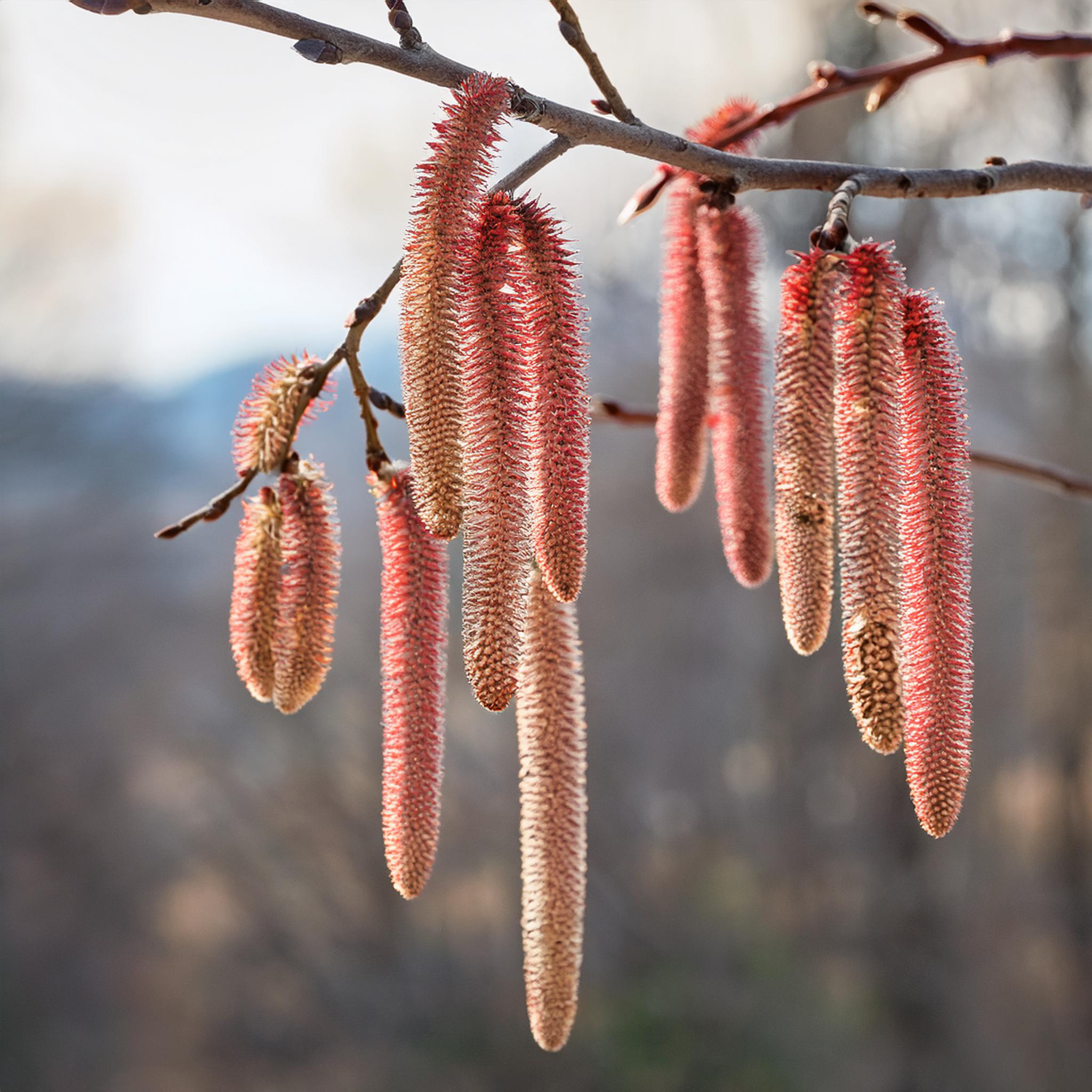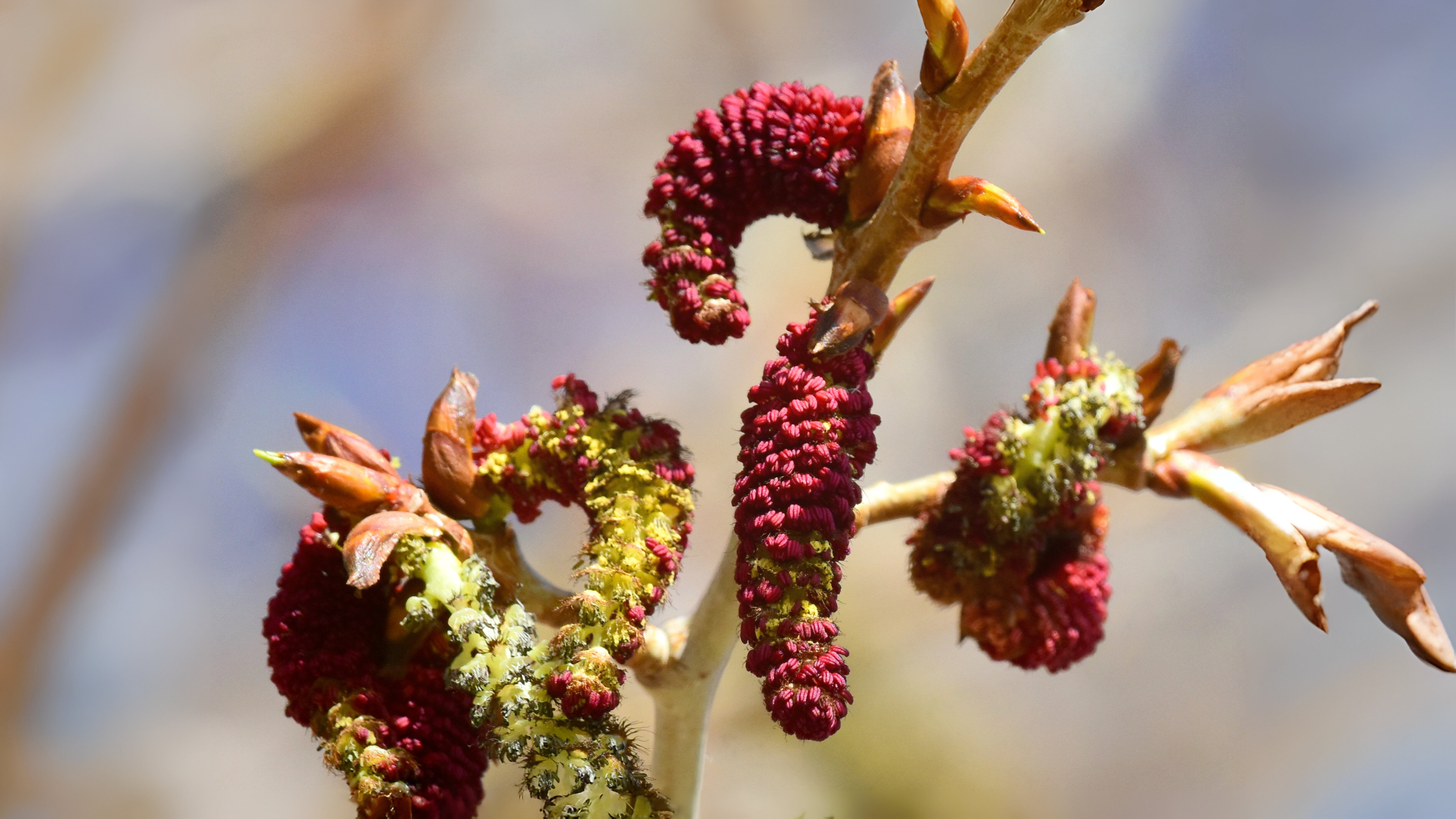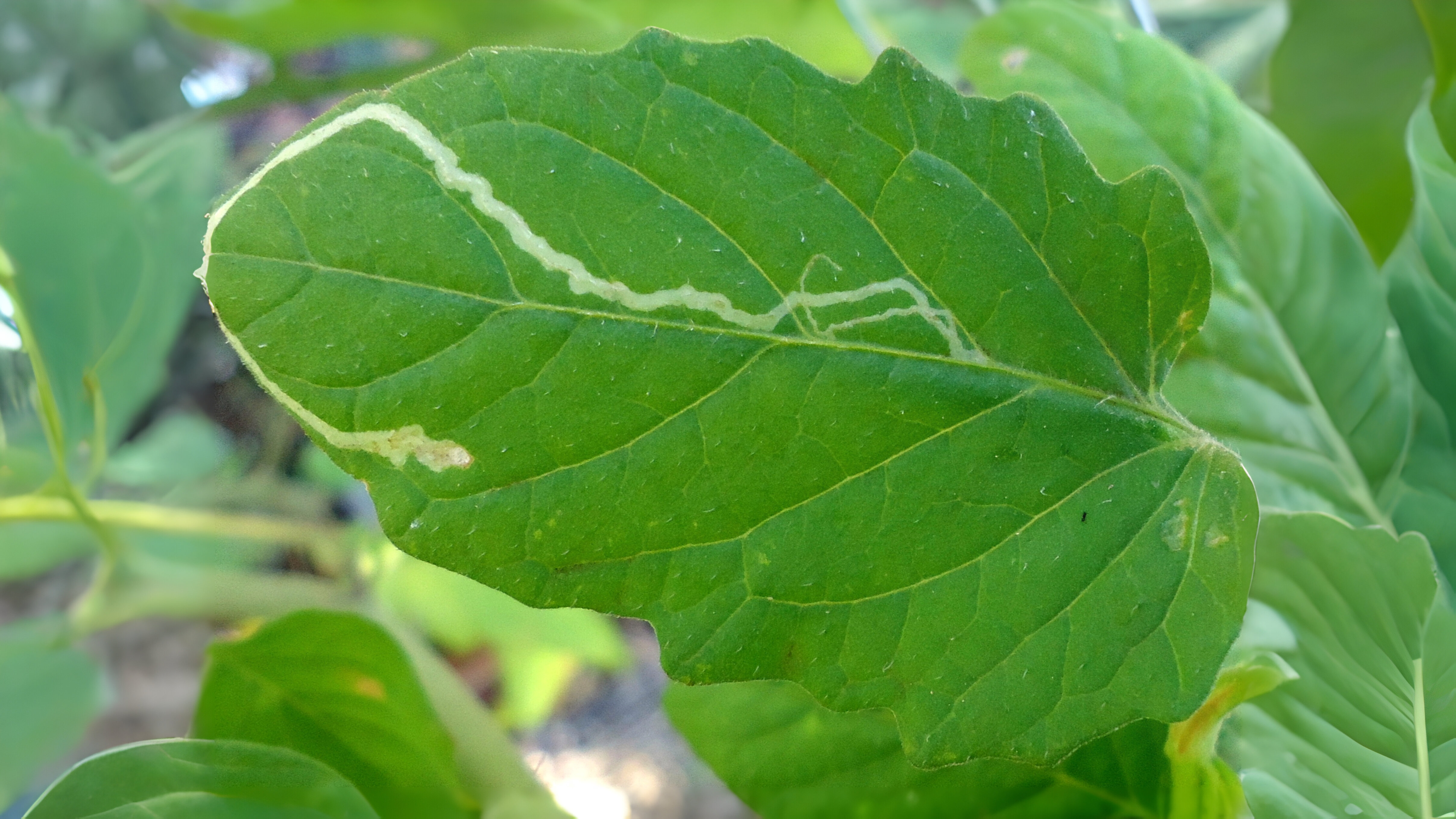February is the month when catkins take center stage, signaling the early stirrings of spring. Join us on February 18th to explore the fascinating world of catkins, from the prominent "lamb's tails" of hazels to the delicate silvery catkins of pussy willows. Discover the variety of shapes and colours these early bloomers bring to the landscape and learn about the intriguing galls that become more noticeable in the absence of leaves. Don't miss this opportunity to delve into the subtle yet significant signs of nature's awakening. Mark your calendars and get ready to witness the beauty of February's catkins!
February is the month for catkins. These are nearly all wind-pollinated now as the trees with insect-pollinated catkins will come later. In woods all over London hazels Corylus avellana stand out as their catkins or ‘lamb’s tails’ lengthen quickly and change colour over the course of the month. These are likely to be the largest and most noticed of all.
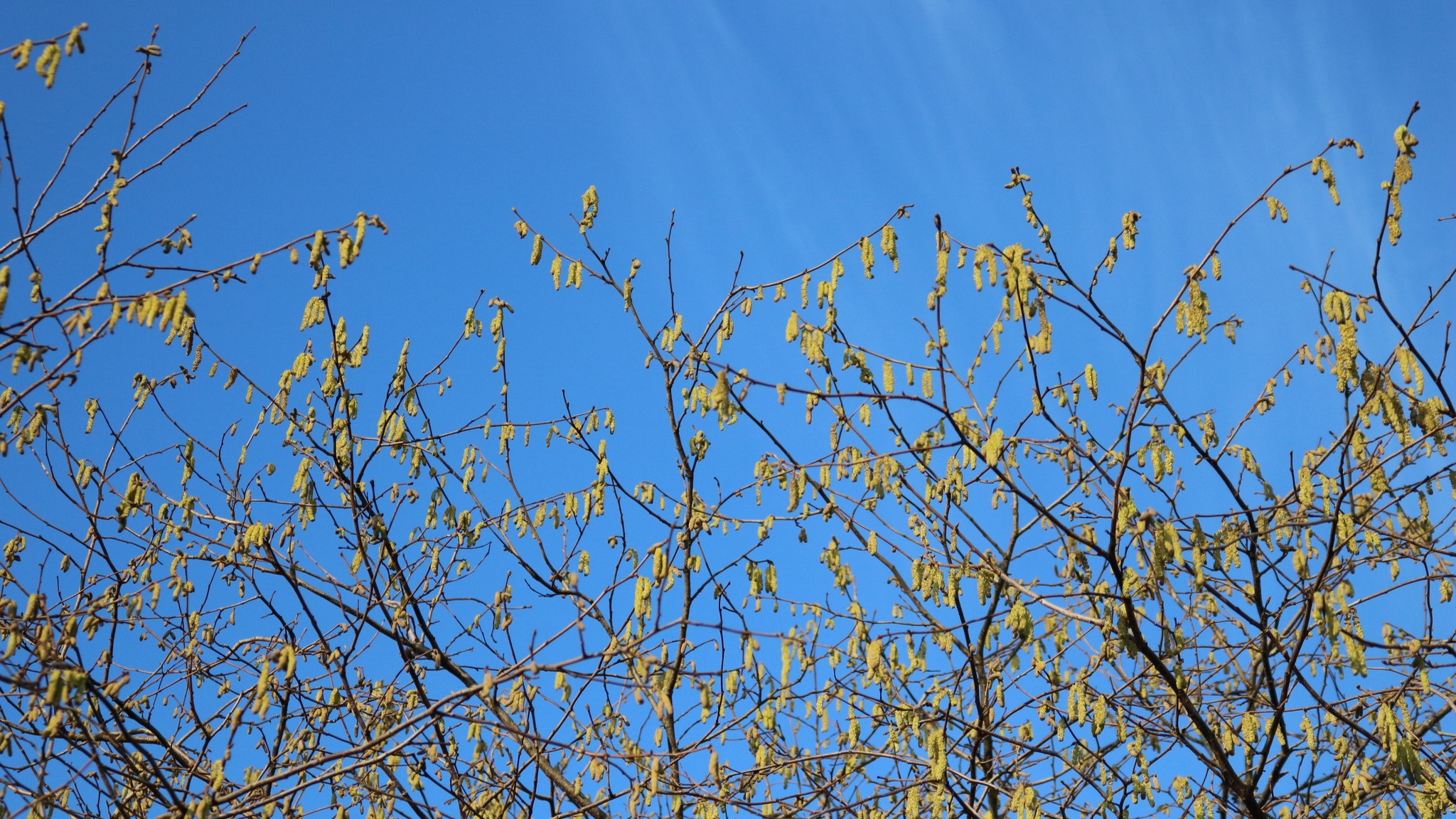
Other trees that are producing catkins on bare branches are the willows Salix spp., birches Betula spp. hornbeams Carpinus spp. and alders Alnus spp. The first two of these hybridise easily and there are catkins of many shapes and sizes now on show. Among the willows, it is the small, silvery catkins on the goat or pussy willow Salix caprea that are seen everywhere. Poplar catkins are often grey and can go unnoticed, except for the enormous crimson ones on black poplars and their close relatives.
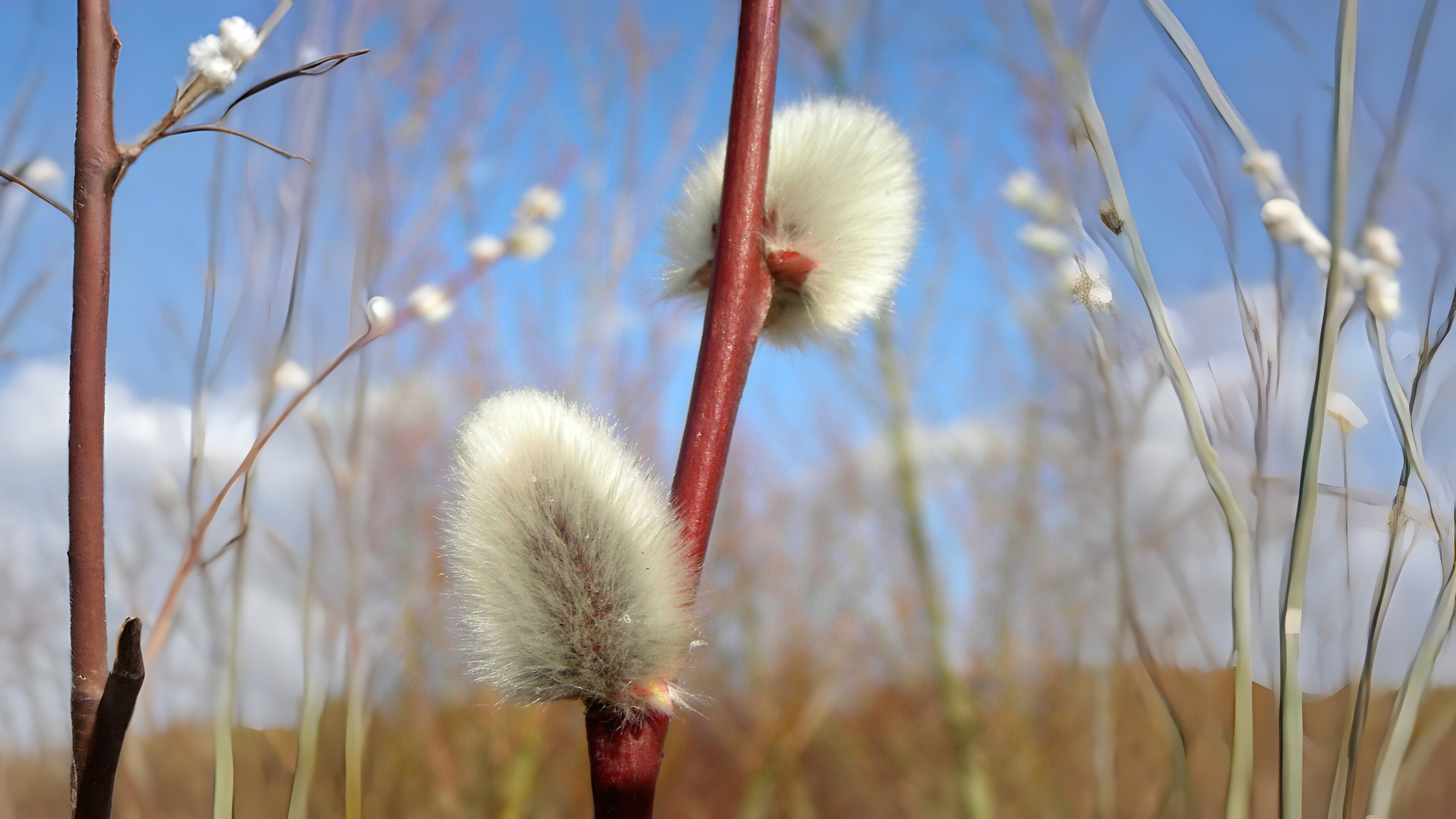
A large, black, rare poplar Populus nigra ssp betulifolia, covered in catkins, can be seen by the riverside at Kew and also in Kensal Green cemetery. They are one of the great surprise sights of the month, perhaps only exceeded by the Chinese necklace poplar Populus lasiocarpa whose catkins can be up to thirty centimetres in length. Although rare, this tree can be found in Battersea Park and Hampton Court arboretum. Curiously, the catkins of our native alder differ in length, those in southern Britain being longer than those in the north. If any pink catkins are encountered they are likely to be the ‘Aurea’ variety of the grey alder Alnus incana.
The lack of leaves on trees now makes galls all the more noticeable. On oaks, particularly small ones, marble galls may now be seen in numbers. These small,
brown, sturdy balls had the larva of the gall wasp Andricus kollari living inside them. By now, it has eaten its way out, leaving only a small, neat hole. If the hole is large, it was probably helped out by some predator. Now common on places like Wimbledon Common, this parasitic wasp is thought to have been introduced from the Middle East in the 19th century, when the galls were then being imported to make ink.
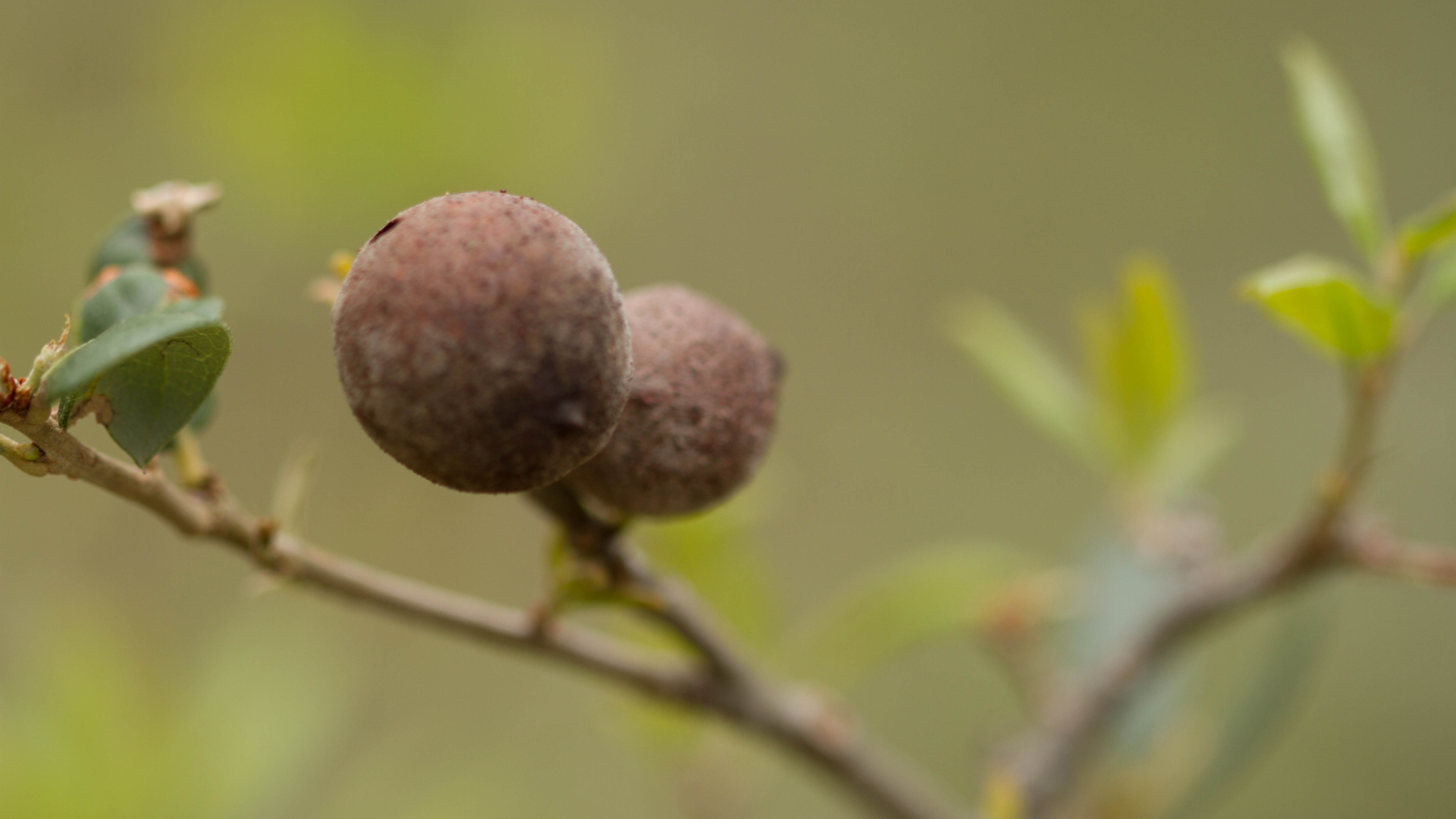
Where there are leaves, the activities of some leaf miners are also noticeable. On holly bushes, the blotch mines of the holly miner Phytomyza ilicis can be seen and on bramble leaves the serpentine mines of Stigmella arrella. Both are parasitic moth larvae. If held up to the light, their mining activities can be seen, including the frass left by the them within the blotches. Inside the now bedraggled brown Robin’s pincushion galls that we see on roses there is now likely to be a fat larvae of the gall wasp Diplolepis rosae, feeding quietly.
